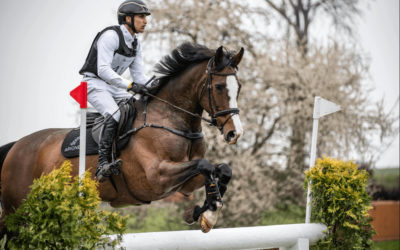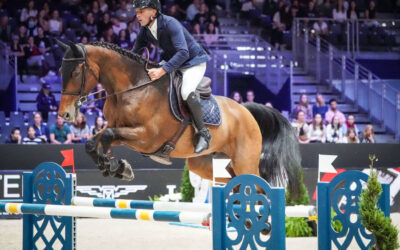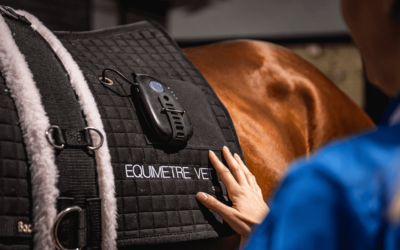EXPLORE
OUR BLOG
Here you will find information about performance and health measurements as well as tips about athlete horse health monitoring, telemedicine cases and equine well-being.

Subscribe to our newsletter
LATEST ARTICLES
ALL ARTICLES
The experience of Fouaad Mirza with EQUIMETRE
We had the chance to talk to Fouaad Mirza, international eventing rider, about his use of EQUIMETRE. Discover, through this discussion, how Fouaad Mirza trains his horses and integrates the connected sensor into his daily routine.
Hard/soft surface: how does it affect the horse’s locomotion?
Today, the vast majority of horses are more comfortable on soft surface which improves propulsion, shock absorption, and makes their locomotion lighter. But how does the ground affect the horse’s movements? Is it possible to quantify these variations in locomotion?
EQUISYM & Jean-Luc Mourier, international show jumper
Last November, we went to the Haras des Grillons (Valence) for the Winter Tour organised by Hubside Jumping. We had the opportunity to discuss with Jean-Luc Mourier, an international show jumper competing up to the CSI4* level, about his EQUISYM experience. Discover, through these few questions, the advantages of using EQUISYM for sport riders.
Horse’s back: how does it work?
The horse’s back is a key element of equine biomechanics, linking the hindquarters to the forehand, and supporting the rider’s weight. The different anatomical structures and muscle chains that compose the horse’s back provide flexibility and propulsion.
Horse lameness: to what can it be linked?
Detecting pathological asymmetry in its early form is one of the key issues in veterinary practice. This allows, besides other things, to optimise the treatment success through the implementation of an optimal care.
But to what asymmetries can be linked? Are specific lamenesses more common in forelimbs? Or in hindlimbs? And how can they be identified?
Horse back: anatomy and biomechanics
To better understand how the horse’s back works, it is necessary to discuss the various anatomical structures involved in the biomechanics of the horse’s back – and neck. But which anatomical structures are involved in back movement?
How to implement a connected sensor in your veterinary activity?
Connected sensors now allow for the monitoring and evaluation of each horse’s physical activity, thanks to medical precision and a multitude of functions that can be tailored to the needs and objectives set.But what are the real added values of these systems for veterinary diagnosis? How can these connected sensors be integrated into the daily activities of equine health professionals?
Diagnostic anesthesia : how to measure its effectiveness?
Diagnostic anesthesia is a technique for reducing or eliminating pain. This technique is used to sedate a horse by “blocking” the nerves in a specific area.
But how can diagnostic anesthesia be interpreted? Is it possible to quantify its impact and influence on the horse’s locomotion?
How to analyse the recovery of an eventing horse?
In eventing horses, recovery is an important factor to consider. It provides a detailed indicator of the horse’s fitness at any one time, but it also tracks his evolution to assess if the training is effective and suitable for him.
.









